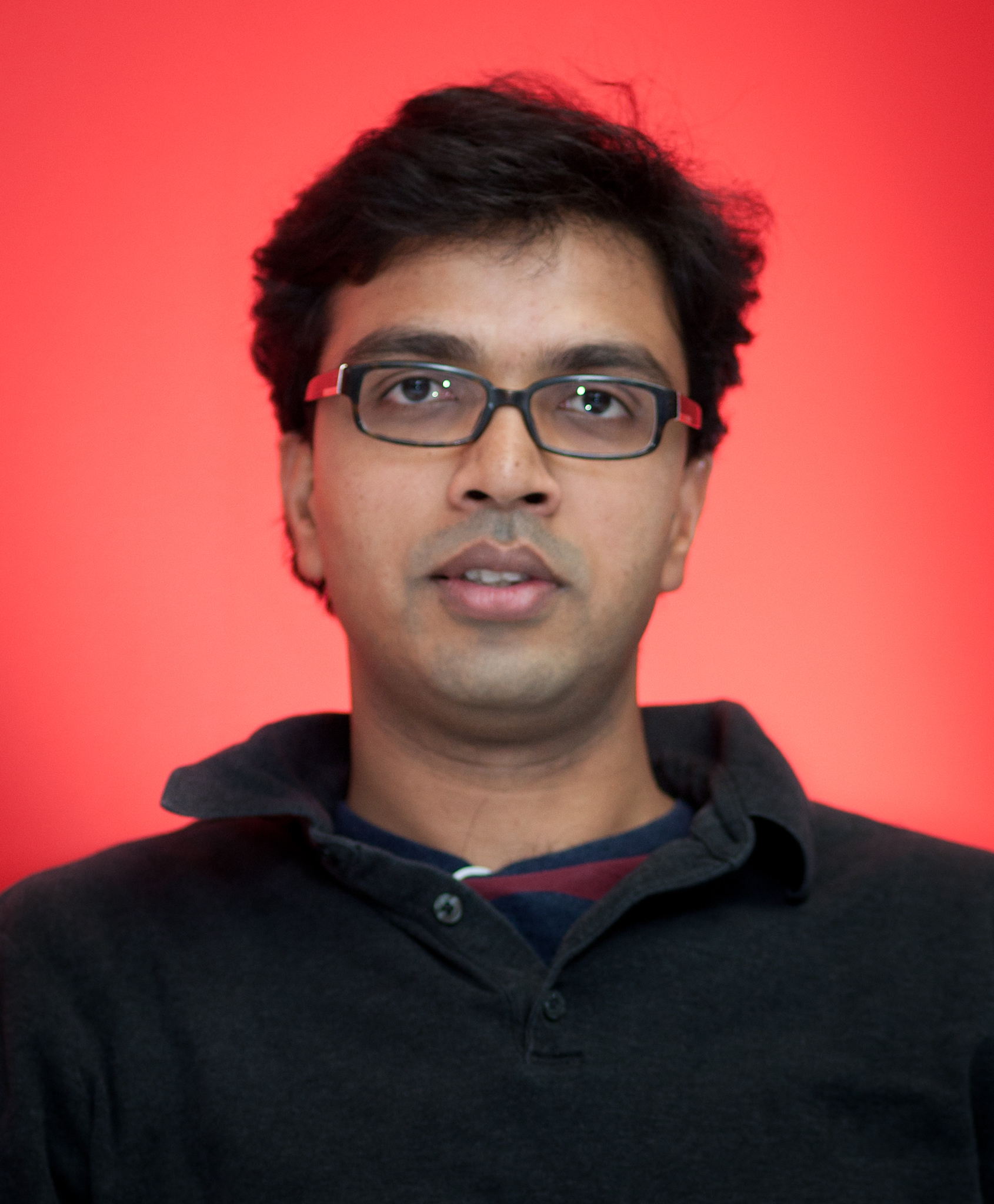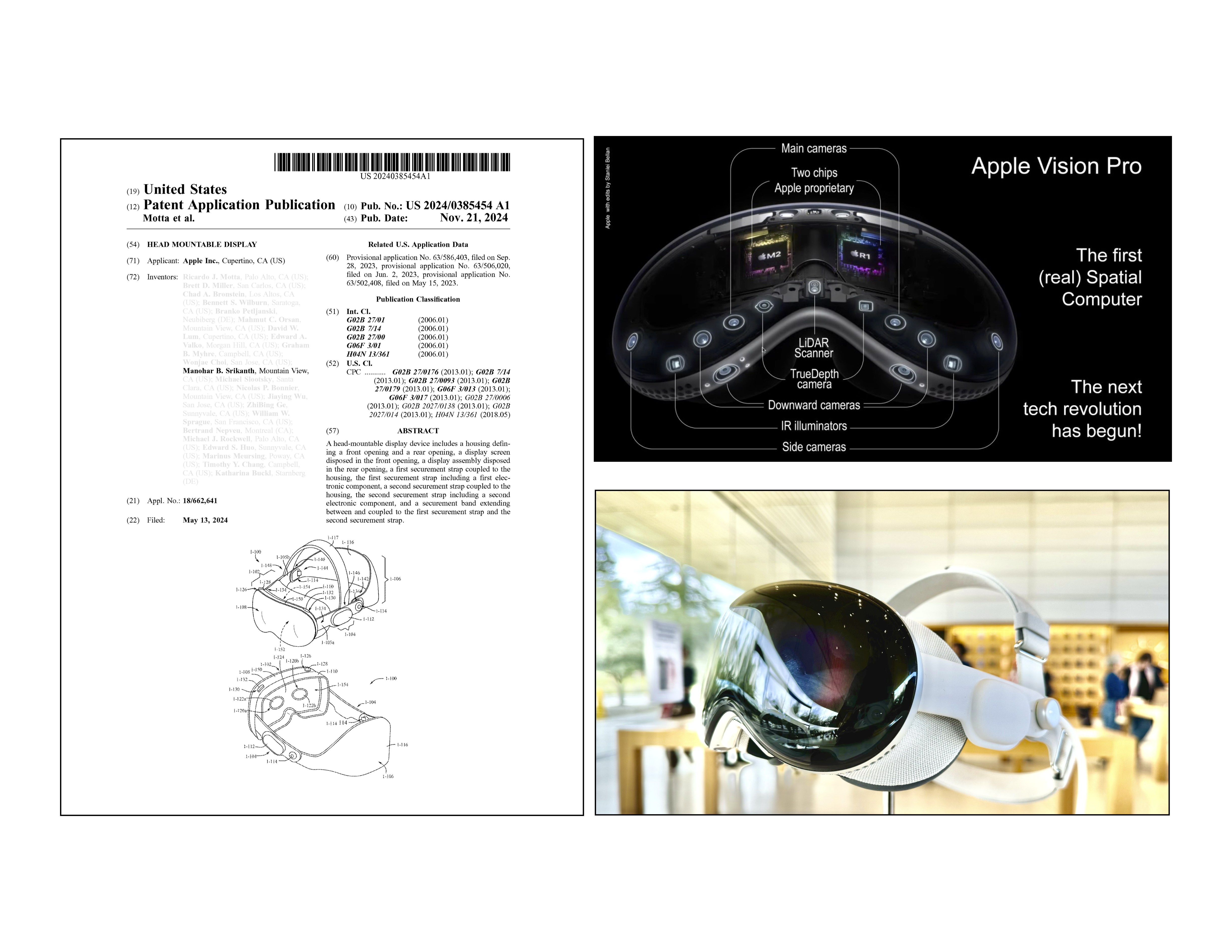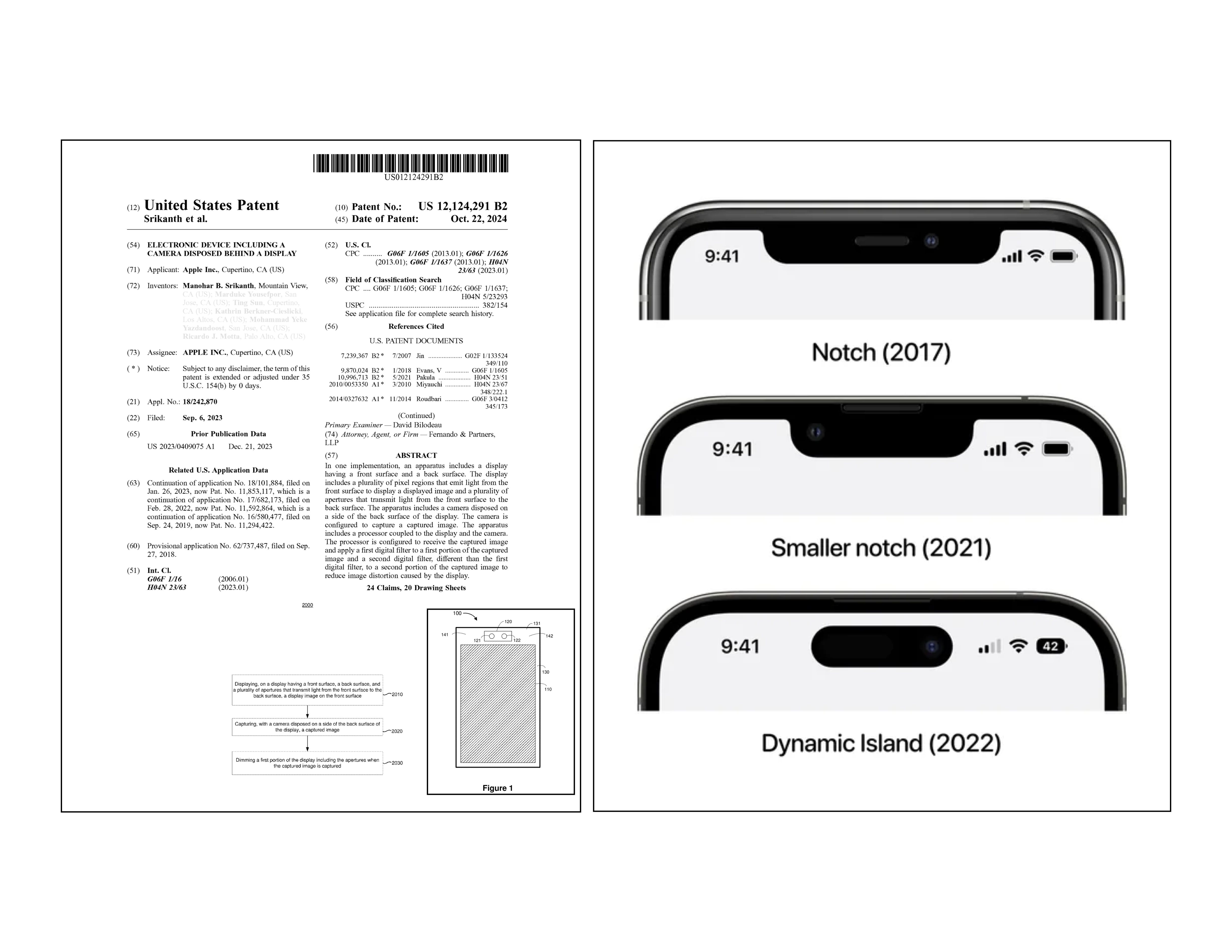
Manohar Srikanth
👋 Hi, I’m Dr. Manohar Srikanth, System Architect, Apple Inc. · AI Vision Pioneer · Inventor
I design AI you can wear — systems that see, sense, and respond seamlessly. I specialize in computational imaging, spatial perception, and intelligent camera architectures that power the future of wearable AI assistants, augmented reality, and human-computer interaction. Over the past two decades, I’ve helped shape flagship technologies at Apple, Meta, Nokia, and multiple startups. At Apple, I’m currently leading the camera architecture for a next-generation wearable AI platform being developed inside the Vision Products Group — the same team behind Apple Vision Pro. I’m also a co-inventor of the foundational passthrough system for Vision Pro (PCT/US2024/029534). Earlier, I developed: Apple’s first behind-display camera prototype, enabling eye-contact FaceTime and notch-free design Embedded vision systems for secure fingerprint imaging A robotic and light-field based telepresence platform, years before Project Starline Infrared light field tools for FaceID training via synthetic data My Ph.D. from MIT focused on computational photography and robotics — including a widely cited project on drone-based lighting for cinematography. That work earned Best Paper honors and helped define new paradigms in creative robotics. Beyond engineering, I’m also a passionate digital photographer and visual storyteller. My work has been featured in exhibitions and publications — you can explore it here.
✨ Vision I believe the most compelling AI assistants will be ambient, context-aware, and emotionally aligned — systems that enhance focus, creativity, and everyday intelligence without demanding your attention.
📬 Let’s Connect I’m always open to thoughtful conversations, collaborations, and advisory roles in the space of wearable AI, perception, and human-centered product design. Feel free to reach out or explore some of my recent work and projects.
I thrive at the intersection of perception, computation, and user experience — bringing systems-level thinking to everything I build. At Apple, I helped define foundational imaging features for future AI-first products. At MIT, I developed the drone lighting system that became a touchpoint for creative robotics. I’m also a passionate digital photographer with multiple solo exhibitions — see my work at mit.smugmug.com.
Dr. Manohar Srikanth now focuses on bringing AI into every part of people's lives through intuitive, "transparent" physical interfaces. With deep expertise in sensor technology and AI systems, he is developing truly effortless and proactive assistants that blend into daily routines — whether through intelligent home systems, wearable devices, or ambient AR interfaces — enhancing productivity, creativity, and well-being without demanding attention.
Explore my publications and patents, or get in touch to collaborate on next-generation vision technology. I bring grit, creativity, and a commitment to building powerful platforms that elevate human experience.
Invention Summary
📱 "In 2016, I built a camera that vanished behind the screen—before the world knew it was possible."
👓 “In 2015, I prototyped a headset that could see the world—because I believed VR shouldn’t isolate us, it should reconnect us. Eight years later, that idea helped shape Apple Vision Pro.”

